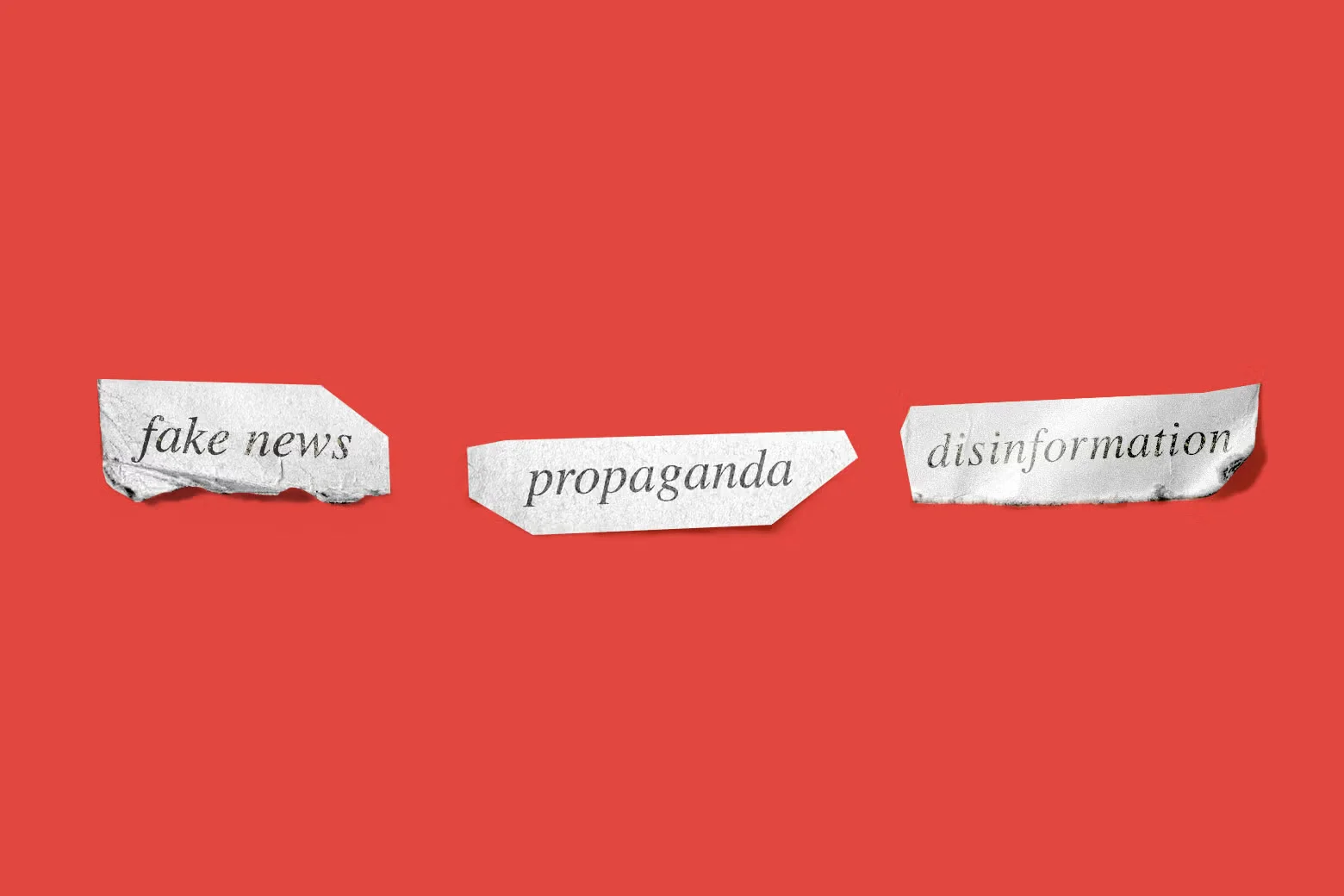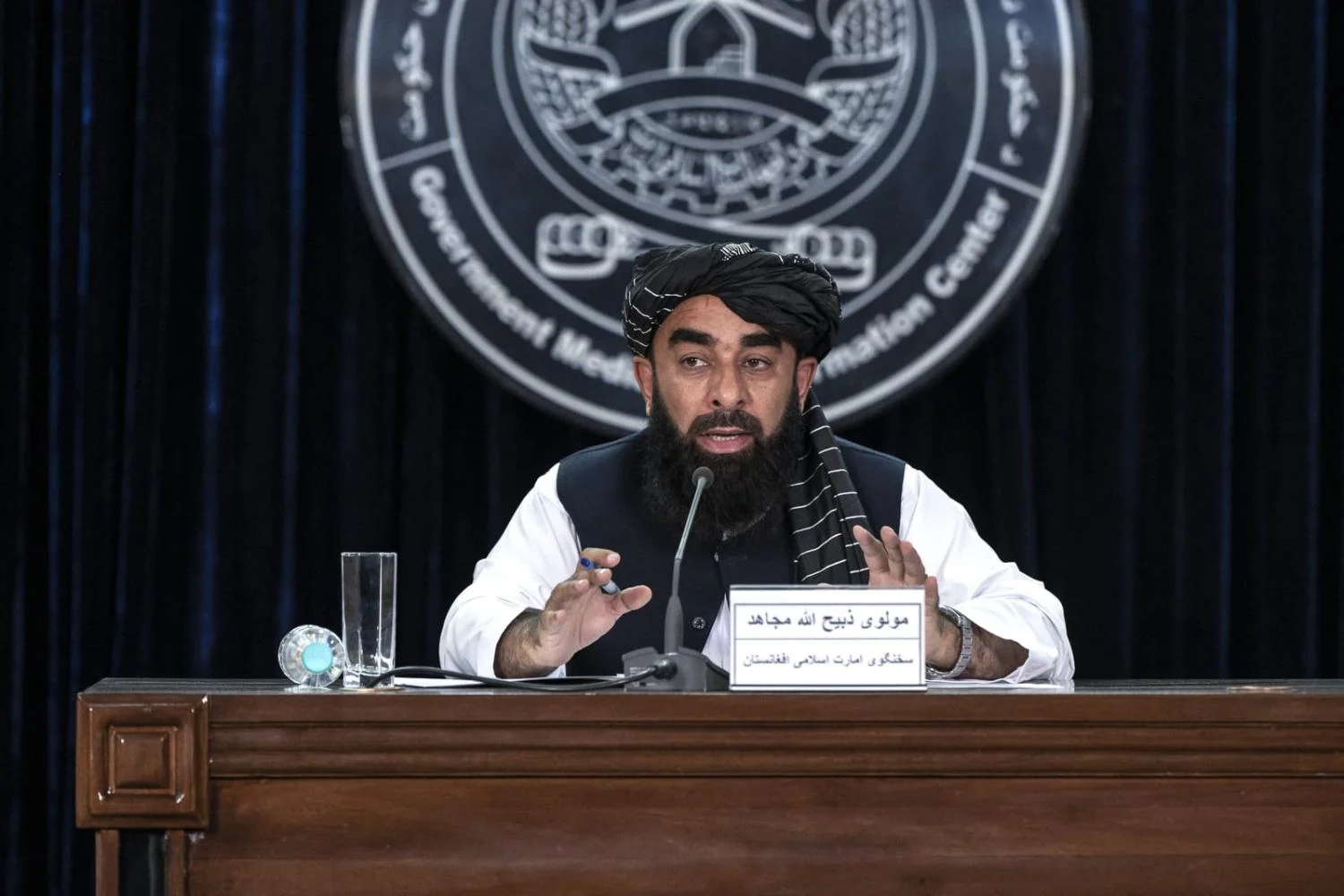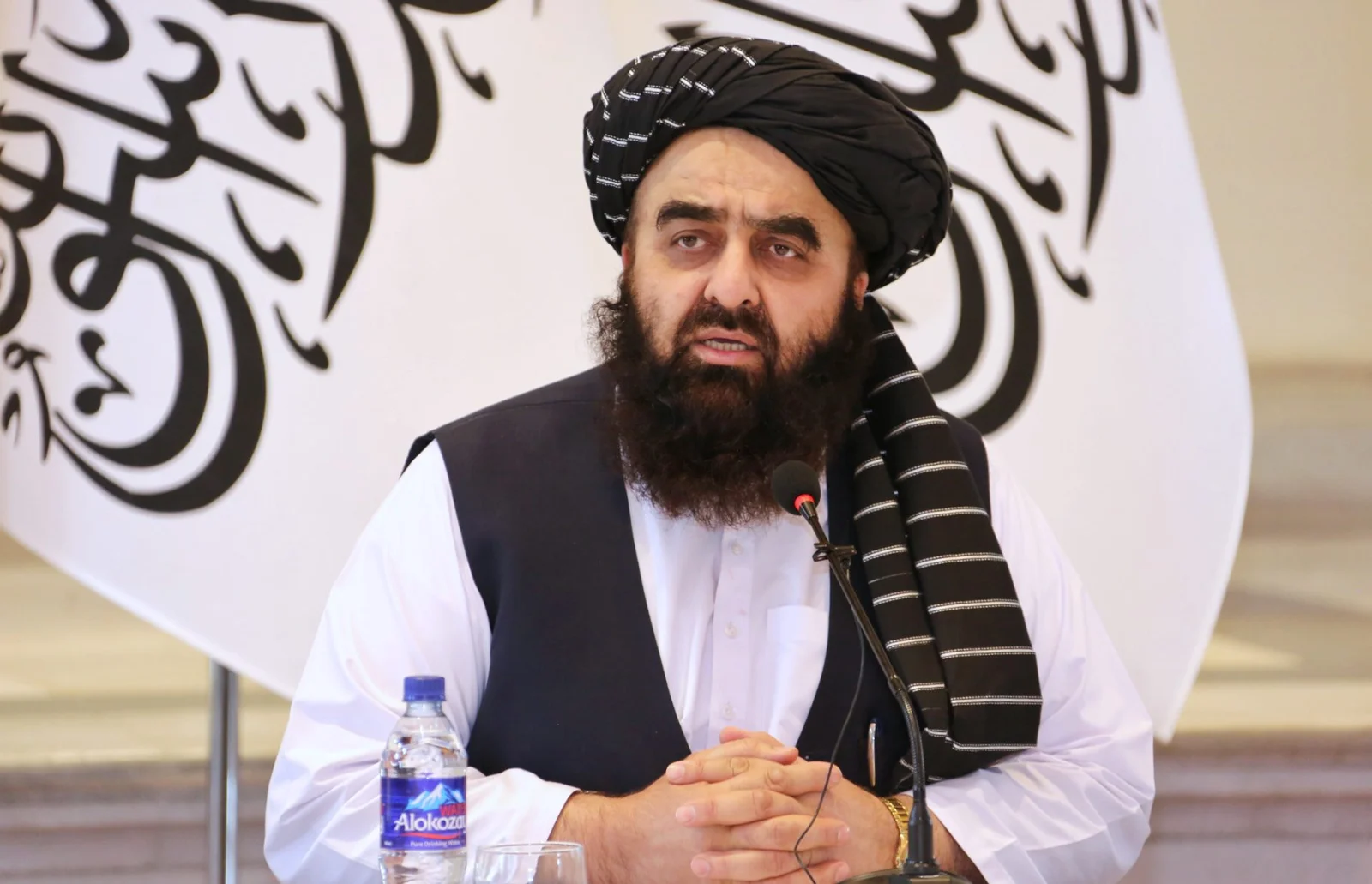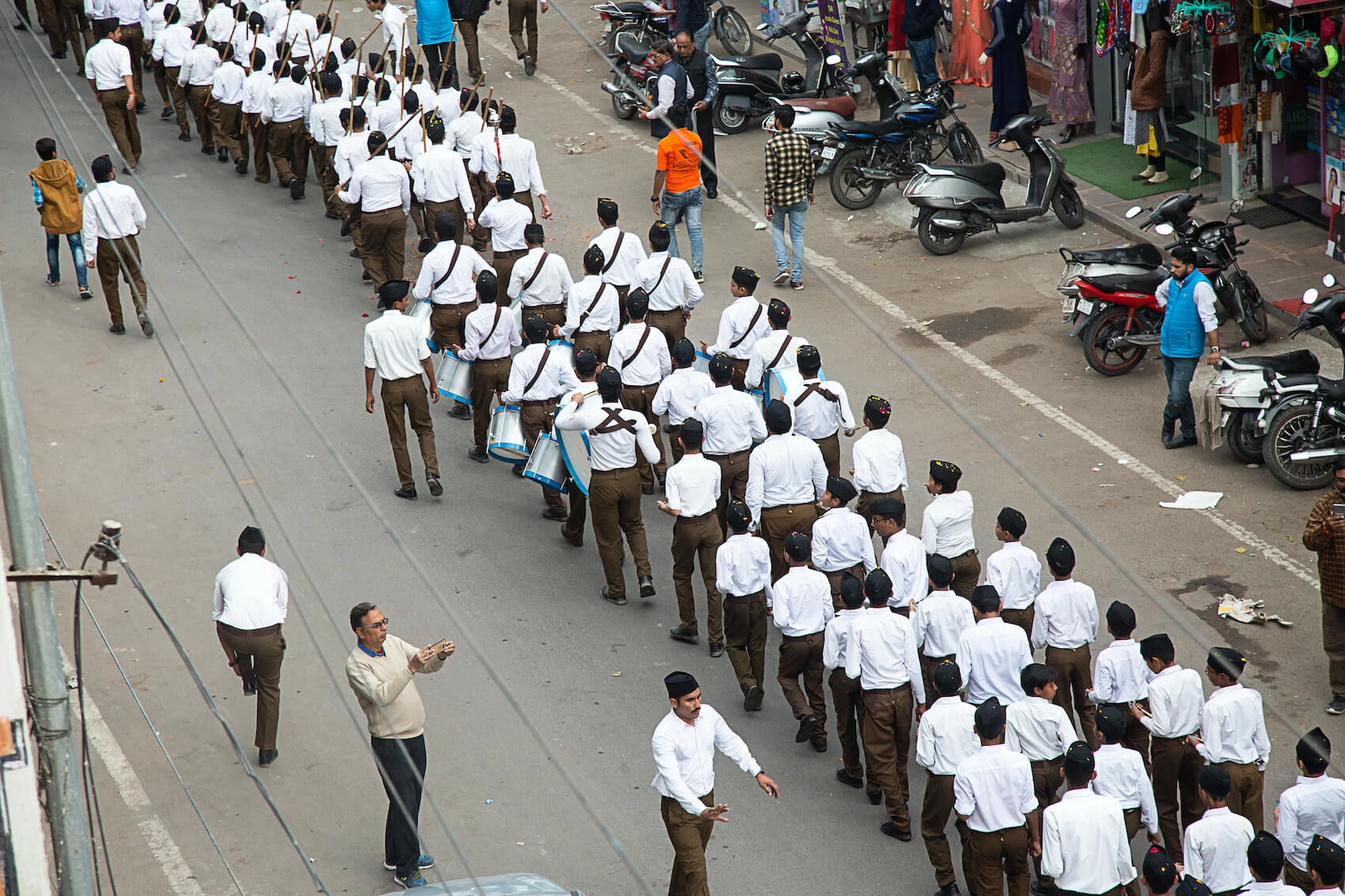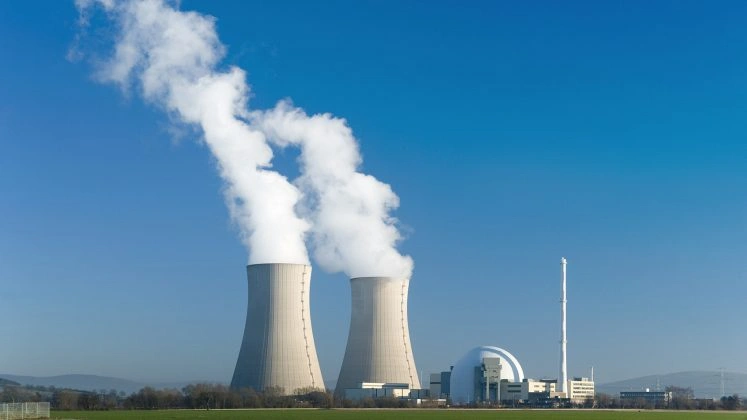Chinese officials report that a strong earthquake has killed at least 95 people in Tibet and left many others injured and trapped.
The official Xinhua News Agency reported that the quake on Tuesday injured 130 people in Tibet. Dozens of aftershocks shook the region of western China and the neighboring state of Nepal. Earlier, Xinhua reported that the earthquake had killed 53 people and injured 62.
The earthquake, which struck Tibet, has killed at least 95 people, further compounding the devastation as rescue efforts continue.
The Ministry of Emergency Management said it deployed about 1,500 firefighters and rescue workers to search for people in the rubble.
The quake struck at 9:05am local time (01:05 GMT) at a depth of 10km (6.2 miles), according to the China Earthquake Networks Center, which recorded a magnitude of 6.8. However, the United States Geological Survey measured its magnitude as 7.1.
A magnitude 6.8 earthquake is considered strong and capable of causing severe damage. Reports also indicated multiple aftershocks, with the strongest measuring a magnitude of 4.4.
Chinese President Xi Jinping urged authorities to carry out all-out search and rescue efforts to minimize casualties. He also called for properly resettling the affected people and ensuring a safe and warm winter.
Also See: Powerful Earthquake Jolts Himalayan Region Near Mount Everest
Impact on Local Areas
Xinhua reported that the earthquake killed at least nine people in three townships – Changsuo, Quluo, and Cuoguo – in Shigatse’s surrounding Tingri county, where many buildings collapsed. Local media reported that dozens of people died.
Al Jazeera’s Katrina Yu, reporting from Beijing, said images from the affected areas showed many collapsed buildings and homes.
Yu said, “These are very remote villages in mountainous areas that are difficult to access and that difficulty will be increased by the fact that it is winter now, very cold and not very close to any major city.”
She said the death toll was likely to rise.
The Reuters news agency said a video showed crumbled shop fronts in Lhatse, about 150km (93 miles) east of Shigatse city, with debris spilling onto the road.
Shigatse is one of Tibet’s holiest cities and the seat of the Panchen Lama, one of the most important figures in Tibetan Buddhism, whose spiritual authority is second only to the Dalai Lama.
Regional Impact
Residents in northern India’s Bihar state and Nepal’s capital, Kathmandu, felt powerful tremors some 400km (248 miles) away. They reportedly ran from their houses as buildings shook.
Tremors and aftershocks also rattled areas around Lobuche in Nepal’s Himalayan region near Mount Everest.
“It shook quite strongly here, everyone is awake, but we don’t know about any damages yet,” said Jagat Prasad Bhusal, a government official in Nepal’s Namche region, which lies near Everest.
There have been no reports of casualties in Nepal so far. A local official told Reuters that police and other security forces have mobilized to collect information on the quake’s impact.
Earthquakes have frequently hit Nepal and southwestern parts of China.
According to Chinese broadcaster CCTV, there have been 29 earthquakes with magnitudes of 3 or higher within 200km (124 miles) of the Shigatse quake epicentre in the past five years, all of which were smaller than the most recent.
A huge earthquake in China’s Sichuan province in 2008 killed almost 70,000 people.
In 2015, a magnitude 7.8 quake, Nepal’s worst, struck near Kathmandu, killing about 9,000 people and injuring thousands.
This news is sourced from Al Jazeera and is intended for informational purposes only.

![Powerful earthquake hits Tibet, leading to at least 95 being killed, injuring hundreds, and causing widespread damage and aftershocks. [Image via Reuters]](https://southasiatimes.org/wp-content/uploads/2025/01/2025-01-07T070104Z_992083749_RC2U4CAMNKDB_RTRMADP_3_CHINA-QUAKE-TIBET-1736233486.webp)
